Correction appended, April 7, 2015.
It’s been four years since Kate Middleton donned the McQueen wedding gown that launched a thousand paper dolls and princess fantasies. So far, so good: royal baby No. 2 is due this month. But living a fairy tale isn’t always so easy — something we explore in our new novel The Royal We, which opens on the eve of a royal wedding that may not happen and is loosely based on the courtship of Prince William and Kate Middleton. In honor of happy endings, both hoped-for and actual, join us as we explore a century of British royal wedding gowns and the real-life characters who wore them.
Heather Cocks and Jessica Morgan are the authors of The Royal We, out this week. Their blog, GoFugYourself, is a witty, no-holds-barred look at celebrity fashion and pop culture.
Correction: The original version of this included a photo caption that misidentified King George V and Queen Mary.
Edward VII and Queen Alexandra, 1863

Like many royal brides after her, Queen Alexandra proved to be a trendsetter. Victorian women copied not only her habitual high-necked dresses and giant chokers (which she wore to cover a scar), they even aped her limp. We can only assume that, after this wedding, everyone who was anyone considered wearing a crown of orange blossoms to the market.
George V and Queen Mary, 1893
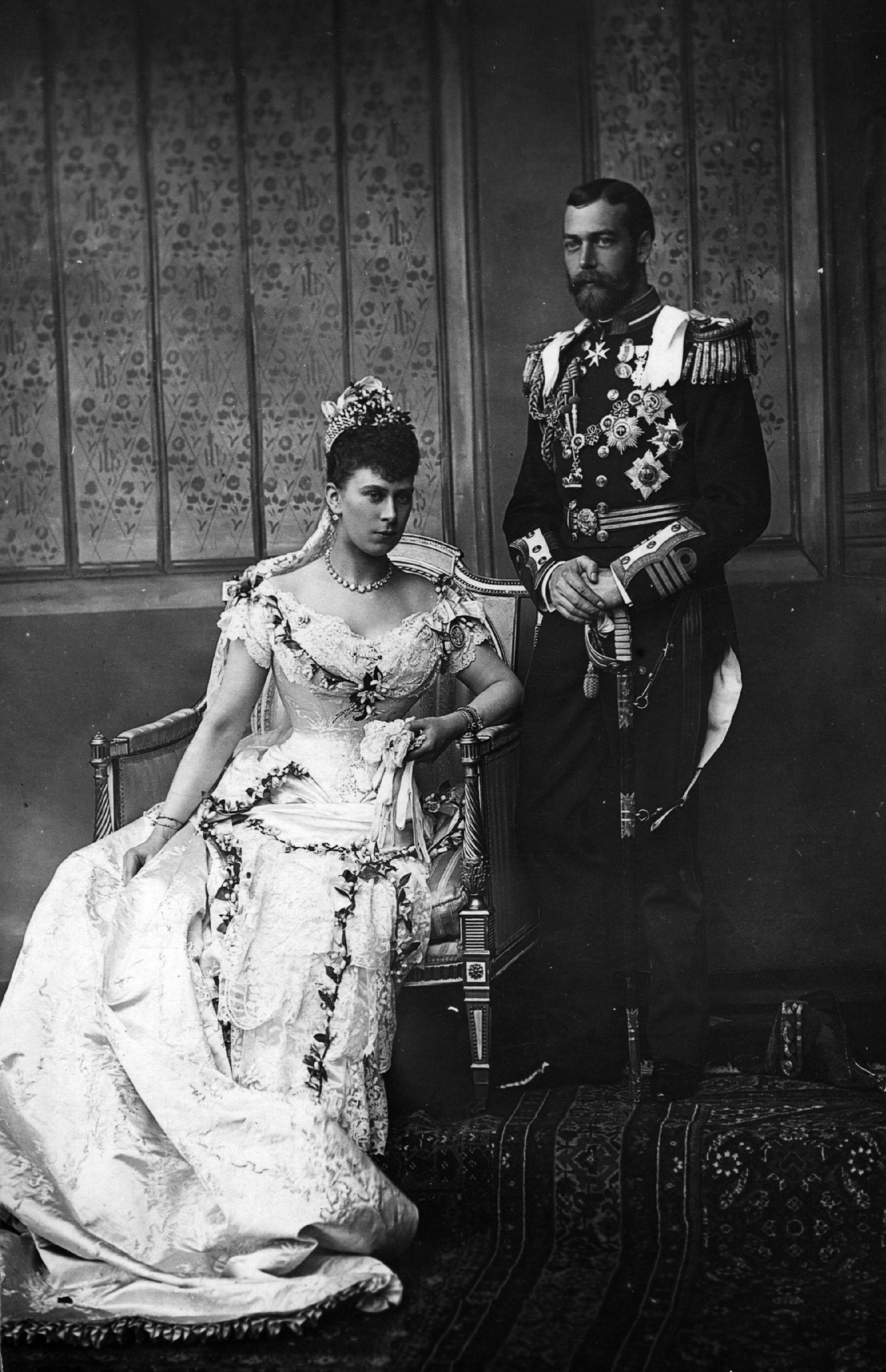
You wouldn’t know it from their solemn expressions, but these two were a love match. Mary of Teck was chosen as the bride for Edward VII’s heir Albert Victor, but when Albert died of influenza, she fell for his brother during the throes of grief. (Where’s the swoony PBS miniseries about that)? The dress has a more alluring cut than its predecessors, but the orange blossom strands — a purity motif — feel a bit like a late add. Or a hasty assurance that the fiance-swap was all above-board.
George VI and Lady Elizabeth Bowes-Lyon, 1923
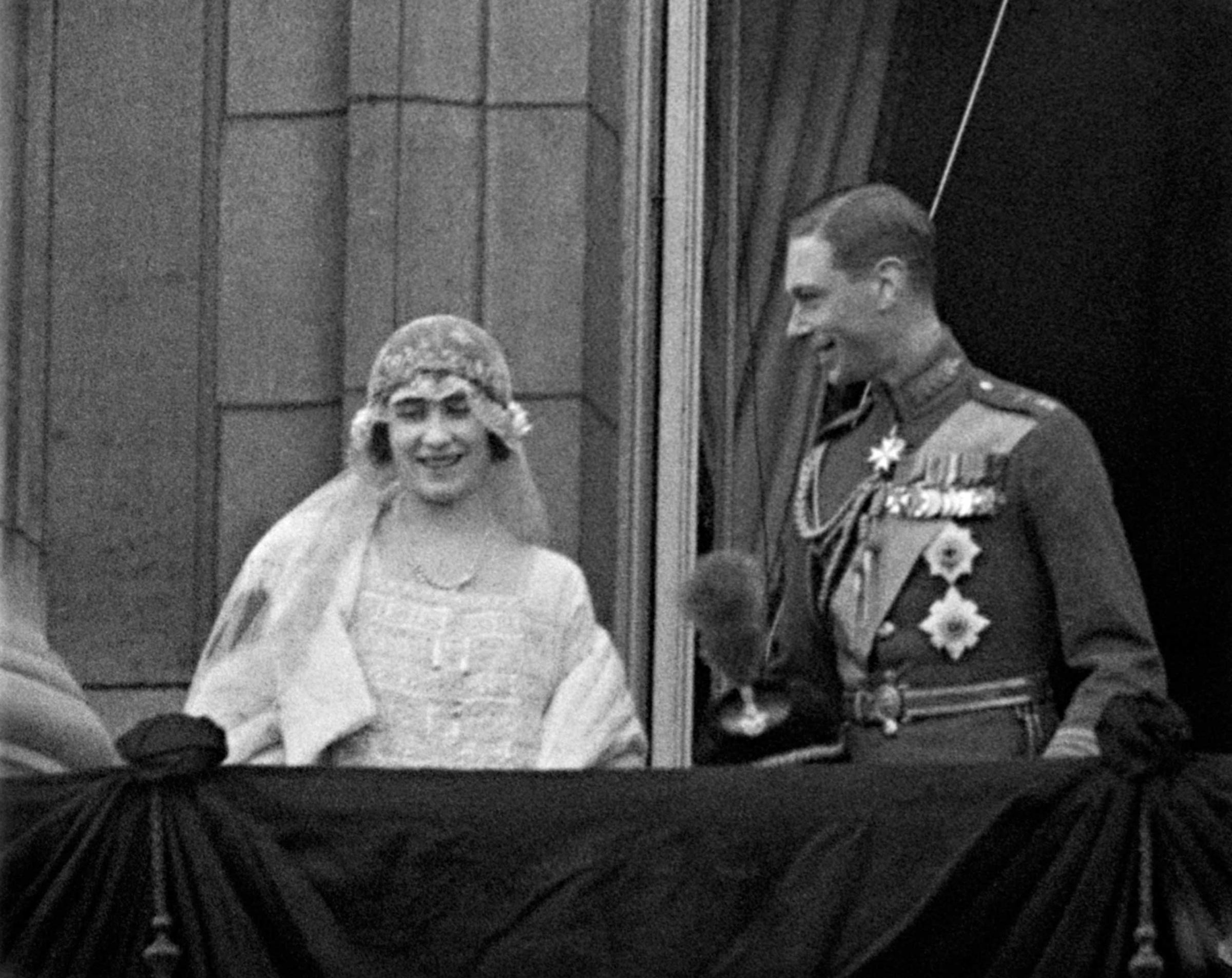
The former Prince Albert’s choice of a non-royal wife was considered extremely modern, even for a man who was at that time The Spare, and Elizabeth’s dress reflects that: Its 1920s look dovetails with reports that it was chosen from a shop window mere weeks before the wedding. Papers at the time called it “medieval” and they had a point; it’s not the most flattering or dreamy garment. But Elizabeth’s lack of interest in frills (she refused a tiara) may be part of what the world loved about her: Here, and during the war and beyond, she just put her head down and got it done.
Wallis Simpson and the Duke of Windsor (formerly Edward VIII), 1937
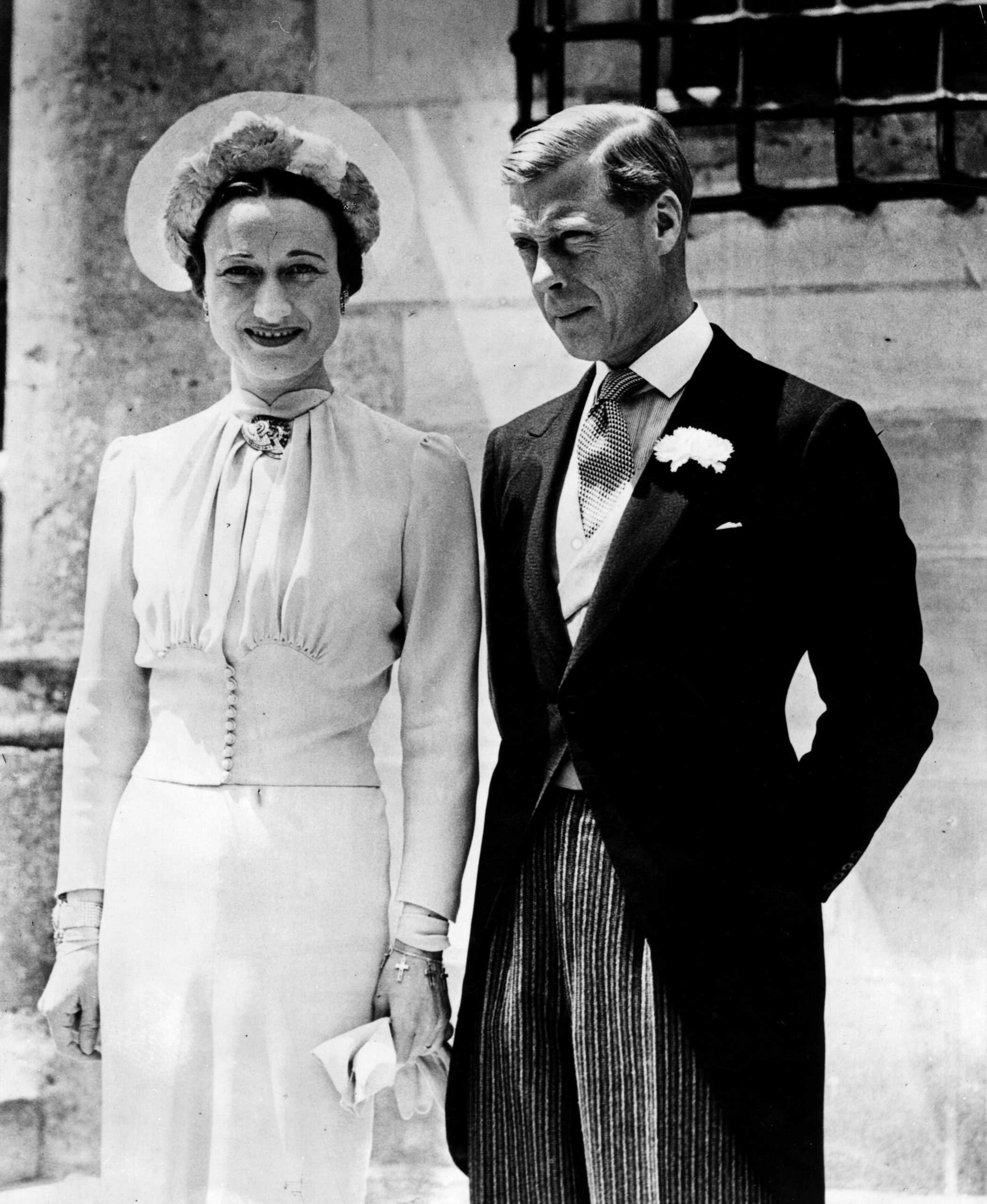
The tremendous romance of a man abdicating the throne for his true love (who happened to have been married to someone else) has, in recent years, been sullied by reports that the Duke and Duchess of Windsor were rumored Nazi sympathizers. And so we feel comfortable noting that, though Wallis’s gown is deeply appropriate for her third wedding, her headdress looks like she stuck a dinner plate in her bun.
Queen Elizabeth II and Prince Philip, 1947
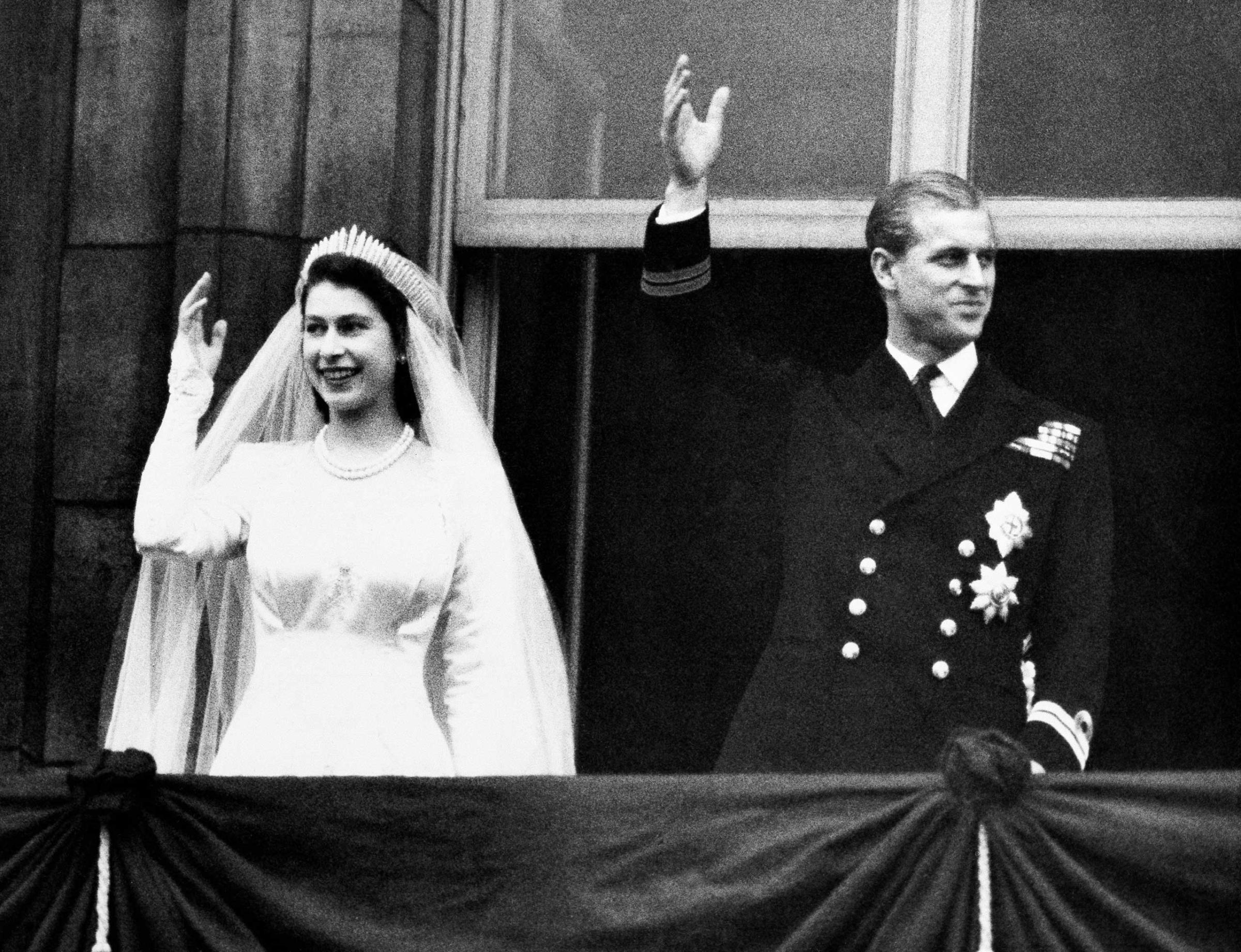
Perhaps it’s because she has reigned so long, and long may she yet, but QEII never struck us as one for girly frills and furbelows. So the stunning 13-foot Botticelli-inspired veil feels surprising now, but back then, it was simply meant to symbolize rebirth after the war. She paid for it with clothing-ration coupons, which is awesome, and makes us wish McQueen would accept whatever we could clip out of the Penny Saver.
Princess Margaret and Anthony Armstrong-Jones (Lord Snowdon), 1960

Princess Margaret’s was the first televised royal wedding, and her ensemble was worthy of the honor. From the top of her glorious tiara to the hem of her stunningly simple and perfectly tailored gown (courtesy of Norman Hartnell, who also designed QE2’s gown, this time free of post-WWII fabric rationing constrictions), she looked timeless and unforgettable. Now that is a princess.
Princess Anne and Mark Phillips, 1973

Anne seems like the royal family member who you’d run to for a good Get-A-Grip talk. She comes across as no-nonsense and practical, as if her name is spelled A-n-n-e but pronounced “sen-si-ble” — and so we were surprised to discover that this otherwise spartan gown has massive wizard sleeves. Then again, Anne is also the royal family member we’d be least surprised to see whip out a wand and shout, “Expelliarmus,” or transfigure into a panther. So maybe the math here is sound after all.
Lady Diana Spencer and Prince Charles, 1981
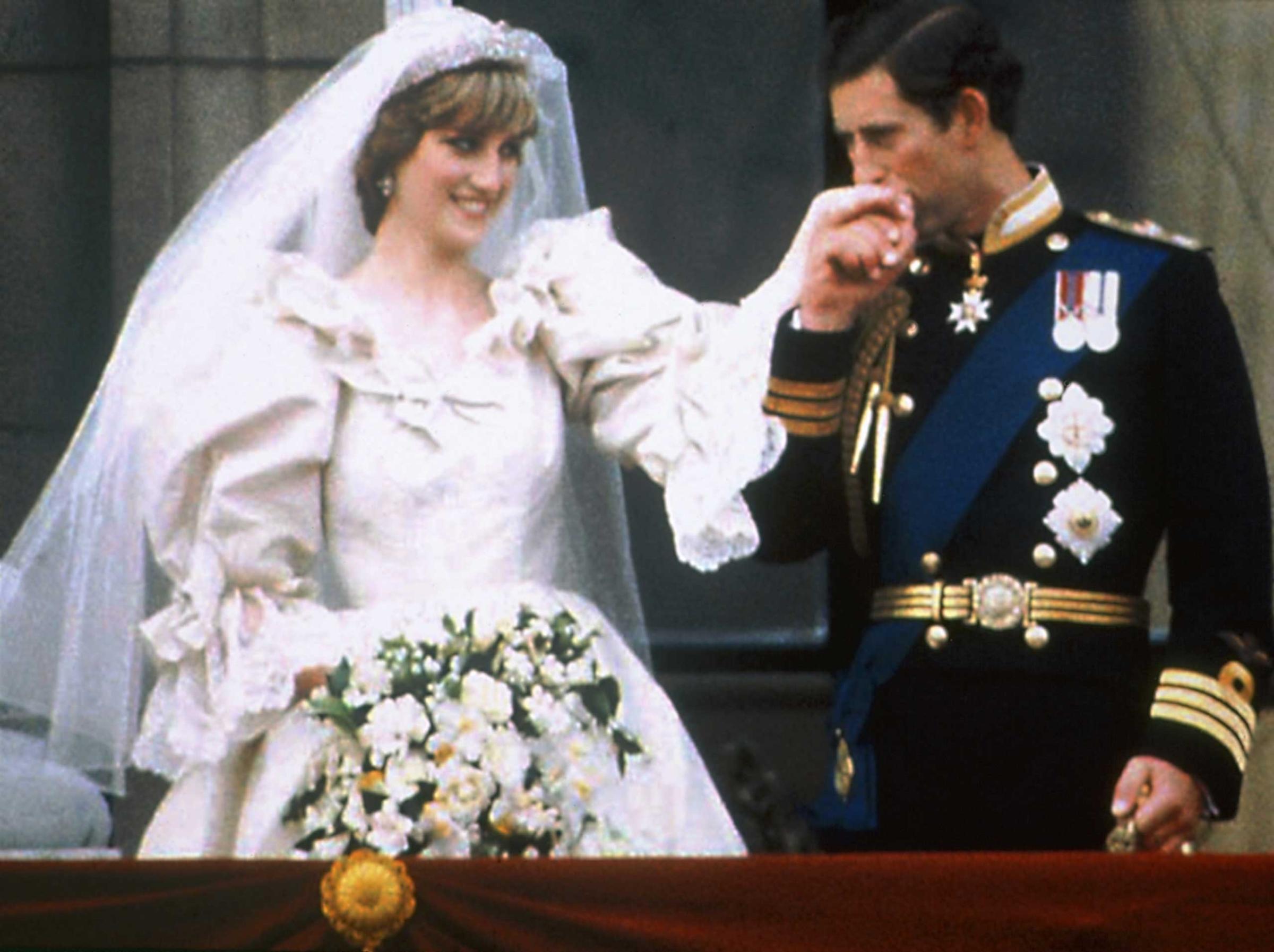
Anyone who was alive when this wedding happened — or even within a few years of it — doesn’t need to see a photo of Diana’s gown. It totally just burst into your head, like popcorn from a kernel, which is kind of what its puffed sleeves evoke. The dress and its 25-foot train were nearly too large to fit into the carriage she would take to St. Paul’s Cathedral. In the moment, it was Cinderella; in hindsight, it was stratospherically over-the-top, but either way it is indisputably iconic.
Sarah Ferguson and Prince Andrew, 1986
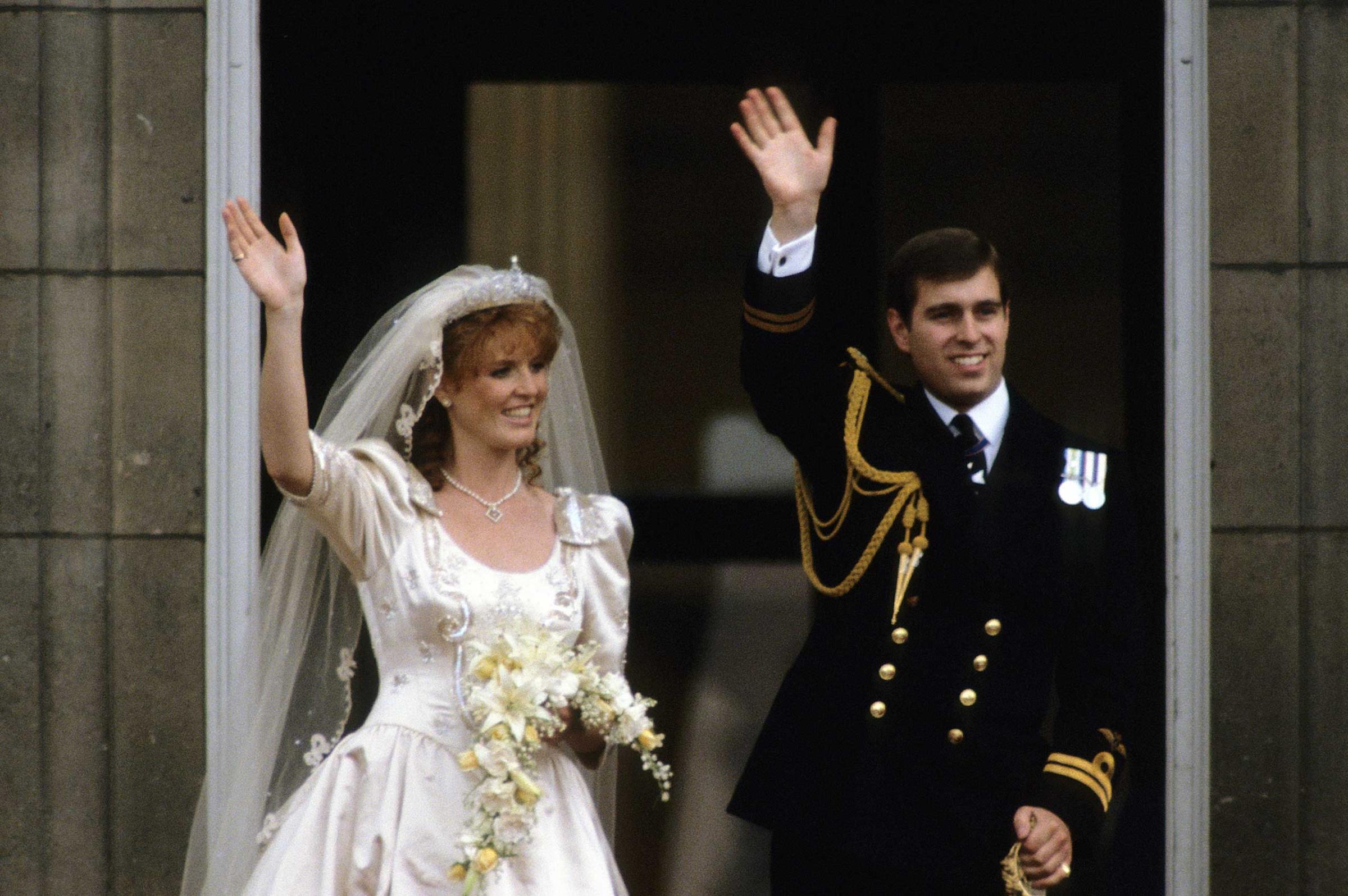
Fergie and Diana are forever intertwined in many ways, not least of which is that Sarah’s wedding gown, being the first to follow Di’s, looks like the instructions were, “Do that, but divided by four.” Only in royal-wedding terms could a dress with that much beading (everything from anchors and waves, to their initials, to bumblebees from her family crest) be considered a restrained step back.
Sophie Rhys-Jones and Prince Edward, 1999
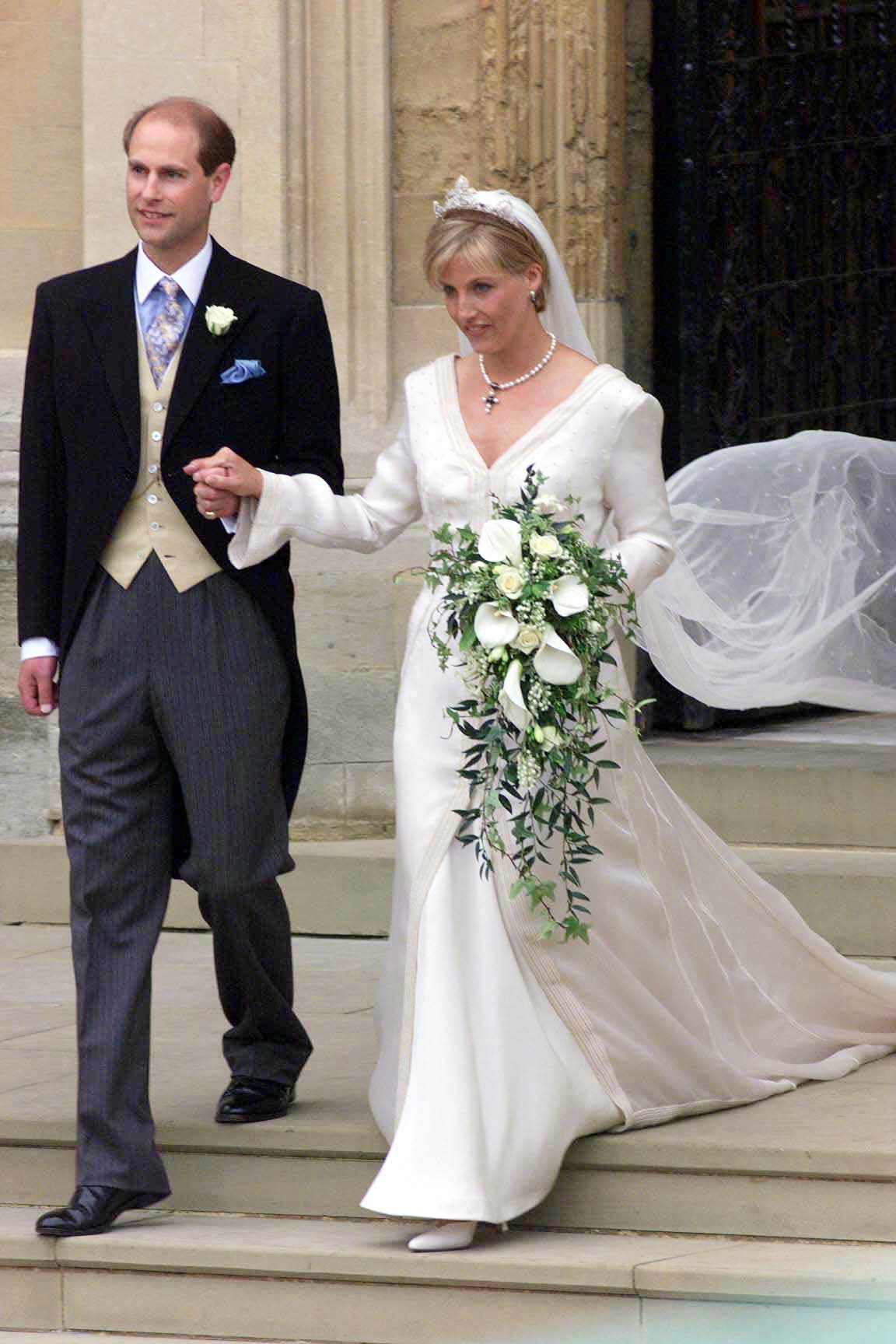
Edward and Sophie’s wedding wasn’t a full state occasion — no foreign dignitaries were invited, and everyone was told to leave their hats at home (which seems quite boring, frankly). So it stands to reason that Sophie’s dress feels a bit more humdrum than Fergie’s or Diana’s. Sixteen years later, the Countess of Wessex is an Alexander McQueen-loving fashion plate, and we can’t help but wonder what she’d wear if she were allowed a do-over.
Zara Phillips and Mike Tindall, 2011
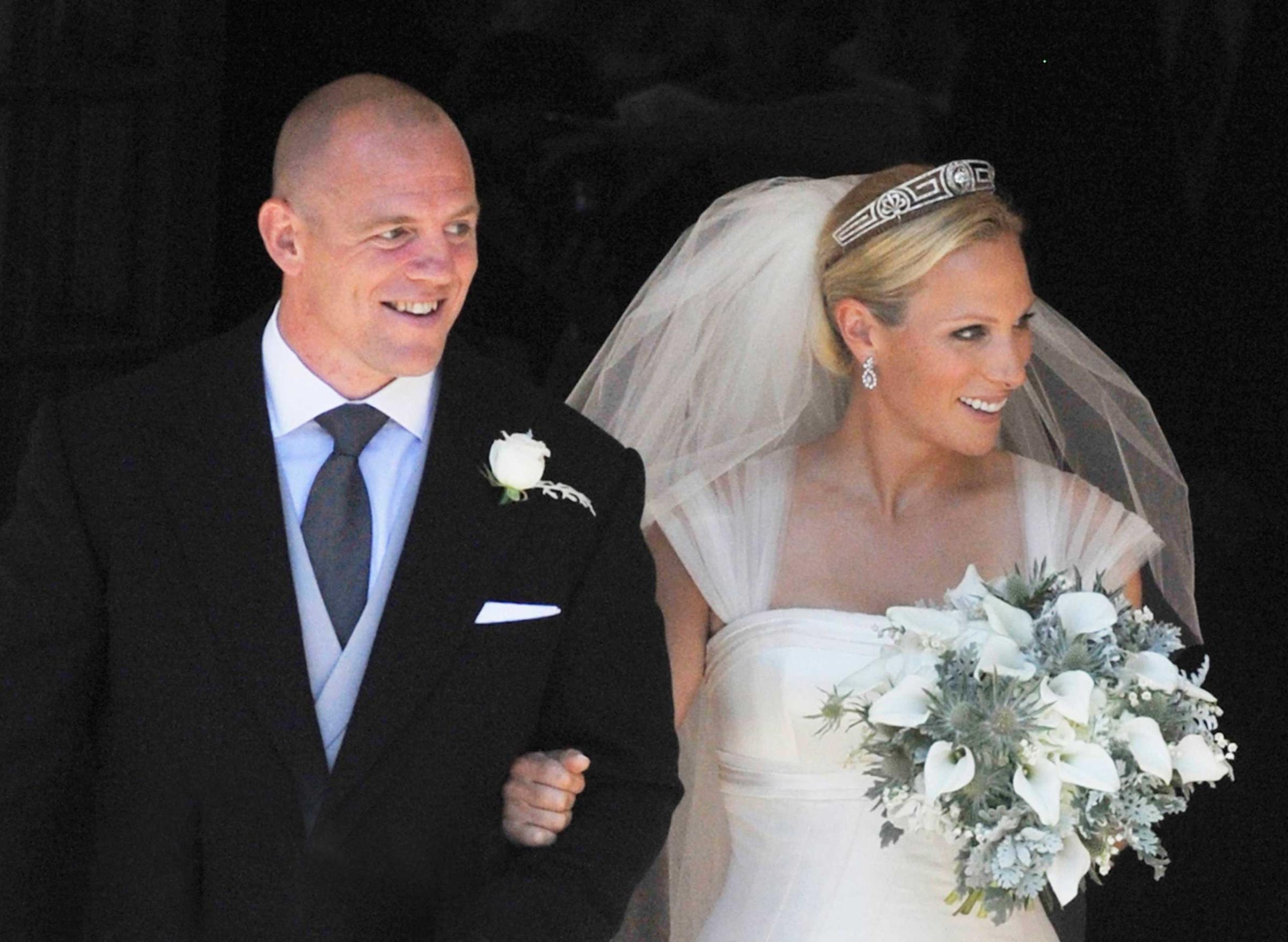
This may seem woefully dull — whoops, let’s say understated —and as though it may actually be the underskirt of a much cooler gown. But it was designed by the Queen’s own couturier. We can’t decide if Zara picked it herself, or if it was Granny’s pointed attempt to take control of her granddaughter’s historically wilder style. Still, even with that duvet-like hem, Zara looks elegant and happy, and as if she won’t get grief from her children in fifteen years when they Google “Zara Phillips wedding.” Which is really the important thing.
Kate Middleton and Prince William, 2011

Okay, Zara and Mike got married six months after Kate and Wills did, but we wanted to end on a high note. And there truly is no higher: When the eyes of the entire planet were on her, Kate delivered the most elegantly dreamy and perfectly streamlined Alexander McQueen. This dress assured designer Sarah Burton’s place in history, and helped propel Kate not only into one of the most-watched wardrobes of the world, but into every generation’s hearts and imaginations. And maybe, just a little bit, into a book.
More Must-Reads from TIME
- Why Trump’s Message Worked on Latino Men
- What Trump’s Win Could Mean for Housing
- The 100 Must-Read Books of 2024
- Sleep Doctors Share the 1 Tip That’s Changed Their Lives
- Column: Let’s Bring Back Romance
- What It’s Like to Have Long COVID As a Kid
- FX’s Say Nothing Is the Must-Watch Political Thriller of 2024
- Merle Bombardieri Is Helping People Make the Baby Decision
Contact us at letters@time.com